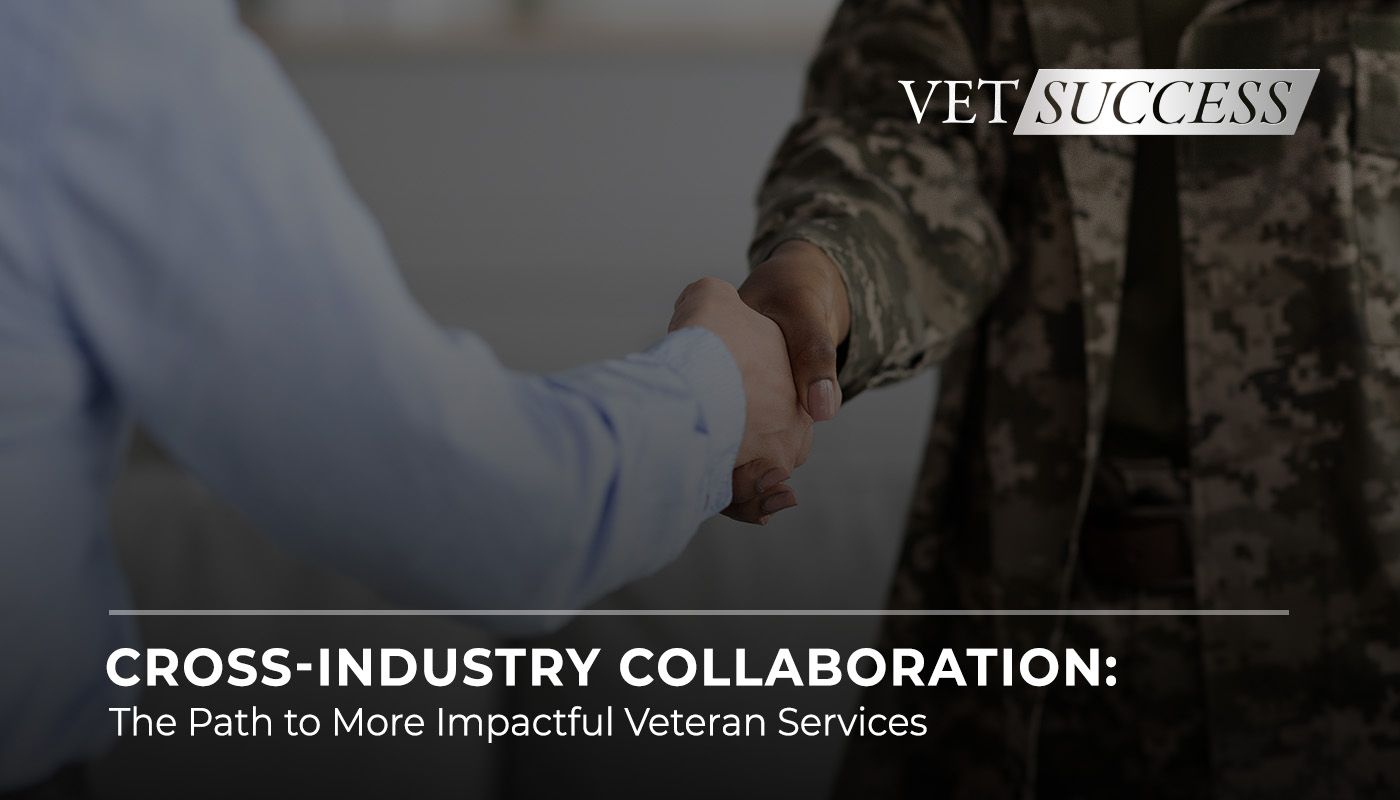
Transitioning to civilian life is an ongoing process, not an end destination. While the U.S. military has the Transition Assistance Program (TAP), it primarily focuses on guiding separation of military members in their education and employment pursuits, and raising benefits awareness. And while education and employment comprise a significant portion of the transition to civilian life, there is much more to consider.
Whether its learning to navigate civilian health insurance, finances, housing, shifting family dynamics, or an altered sense of identity and community, veterans are typically faced with significant changes when they leave the military. The impact of these changes does not happen in a vacuum; challenges in certain domains of the transition to civilian life often impact other areas. For example, a veteran who doesn’t know how to best navigate civilian health care costs may experience financial strain, which can, in turn, impact mental health. Or veterans seeking medical assistance may be experiencing food insecurity, which directly contributes to, and perpetuates, their poor health outcomes.
There is no shortage of nonprofits providing necessary services to veterans; however, the impact of these efforts is compounded when organizations collaborate to deliver holistic solutions.
Veteran-focused nonprofits that primarily focus on veteran employment and education can partner with other nonprofits to provide more comprehensive support for veterans as they transition. Benefits of nonprofit collaboration include:
· Providing access to more expansive services without directly taking on the cost of that service
· Streamlining costs and mitigating scope and mission creep
· Improved organizational efficiency and effectiveness
· Broader and more effective impact for served populations
· Access to new funding opportunities
Collaboration isn’t restricted to nonprofits – companies, universities and higher-education institutions, nonprofits, and government entities can work together to create a comprehensive network of services that ensure veterans are set up for success in all facets of their civilian life. To begin exploring opportunities for collaboration, organizations should:
- Reflect on organizational gaps, aspirations, and trends. Are there common issues your service population struggles with that your organization cannot address? Are there other organizations delivering the same services as yours, creating competition for funding? What does your organization do exceptionally well, and are there services that complement your existing efforts?
- Get input from different stakeholders. Survey your colleagues, veterans in your organization, or served by your organization, board members, and other relevant stakeholders to better understand what resources are available and what collaborative opportunities may be worth pursuing.
- Meet with other organizational leaders. Use insights from your stakeholder discussions and organization reflection to help identify potential partners, and start building relationships.
- Explore collaborative model options. From joint partnerships on issue advocacy to co-sponsored programming, there are abundant collaborative models your organization can pursue. Which model you select will be determined by the specific outcomes you are aiming to achieve, and challenges you are attempting to overcome.
By leveraging each other's strengths, and collaborating on common issues, organizations can build a stronger support system for veterans. Through intentional, and strategic collective efforts, veteran-centered nonprofits, corporations, and higher-education institutions can ensure veterans receive comprehensive assistance to thrive in all aspects of their civilian lives.
Open the door for new collaborative opportunities at VetSuccess 2023, October 25, 1-3pm Eastern time.


